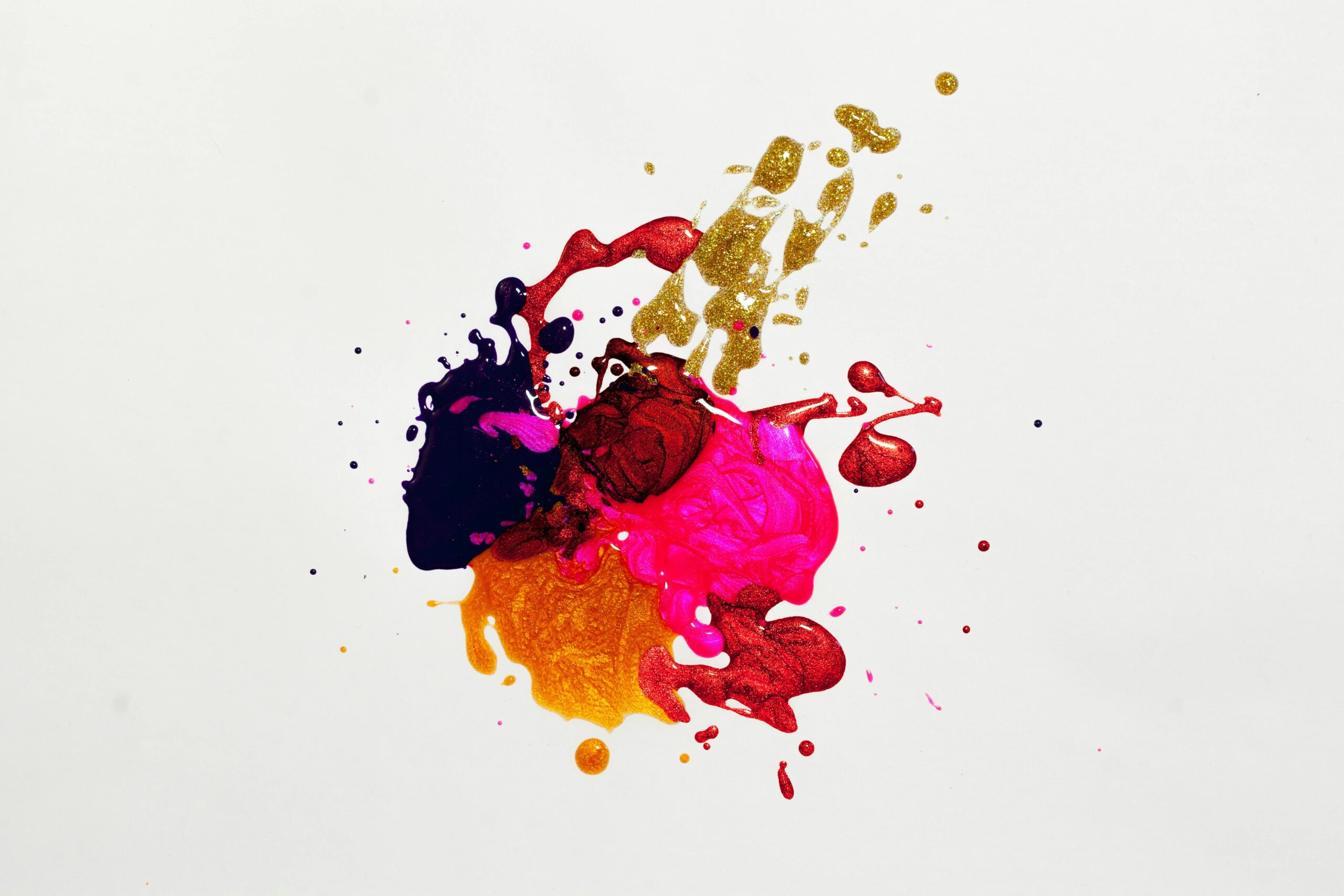What is Colour Therapy? | Brief History
Colour therapy, also known as chromotherapy, utilizes the energy of light to create balance and healing in our lives, addressing emotional, physical, and spiritual well-being. Since ancient times, humans have recognized the vital role of sunlight in sustaining life, understanding that all colors derived from light significantly influence our life cycles.
How Does It Work?
Light energy penetrates the skin, activating cells and energy centers, or chakras, in our ethereal bodies. These chakras, which rotate and vibrate, are stimulated or calmed by different colors, aiding in overall balance.
The Role of Colour Therapy in Cancer Care
A cancer diagnosis can feel like a sudden storm, overwhelming us emotionally and physically. Colour therapy offers simple yet effective tools to help manage the mind, body, and spirit through these challenging times.
The Science Behind Colour Therapy
Scientific studies have shown that colors profoundly impact all living organisms. For instance, red UV light stimulates plant growth, while blue light acts as a tranquilizer, calming the mind and relaxing the eyes. Our bodies also exhibit color changes with various conditions: we blush when angry and turn yellow with jaundice, indicating a scientific basis for color therapy.
Colour Therapy for Cancer Patients
Treatment Cycle:
- Radiation Therapy: Radiation causes dryness, skin burns, itching, and darkening of the skin, leading to anxiety and restlessness. Cool colors can soothe the mind and body during this time.
- Chemotherapy: The chemicals used in chemotherapy can cause fatigue, hair loss, and other side effects, affecting self-confidence and energy levels. Wearing warm colors during chemotherapy can stimulate energy centers, boosting mood and self-esteem.
- Surgery: Post-surgery recovery involves weakness, pain, and changes in physical attributes. Light and neutral colors in the surroundings can facilitate the healing process.
Colour Chart for Patients | Based on Pain Points
- Purple (Crown Chakra): Controls the pineal gland and all other glands, promoting mental well-being and relieving stress and anxiety.
- Indigo (3rd Eye Chakra): Regulates the pituitary gland and nervous system, enhancing intuition and clarity.
- Blue (Throat Chakra): Associated with the thyroid gland, aiding in communication and expression.
- Green (Heart Chakra): Controls the thymus gland and immune system, fostering optimism, hope, and a healthy heart.
- Yellow (Solar Plexus Chakra): Associated with the pancreas, promoting willpower, energy, and effective digestion.
- Orange (Sacral Chakra): Linked to the gonads, enhancing social life, sexual desire, and relationships.
- Red (Root Chakra): Connected to the adrenal glands, supporting survival instincts, grounding, and physical health.
Different Colours and Their Benefits
- Purple/Violet: Controls sleep disorders.
- Indigo: Enhances intuition.
- Blue: Aids in self-expression.
- Green: Promotes harmony.
- Yellow: Boosts optimism.
- Orange: Stimulates activity and socializing.
- Red: Enhances survival instincts.
Clothing: How to Pick Your Colour
- Introspect: Understand your body’s and mind’s needs.
- Investigate: Choose colors that either stimulate or calm you based on your current state.
- Invest: Wear colors that revive your energy, rekindle your spirit, and reignite your confidence.
Colour Therapy and Mental Health
Colors can significantly impact mood, stimulating the production of various hormones:
- Endorphins (Red): Uplift mood.
- Oxytocin (Green & Blue): Promote love, compassion, and trust.
- Serotonin (Yellow & Purple): Enhance overall well-being.
- Dopamine (Yellow, Orange): Reward and motivation.
For anxiety, avoid red; instead, choose calming colors like white, blue, and pastels. To combat depression, opt for energizing colors like orange, yellow, green, and red.
DIY Colour Therapy
- Night Time Light: Use dim colors and choose calming light shades for the night.
- Outdoor Breaks: Sunbathing in the morning boosts energy and endorphins, while gardening enhances serotonin and oxytocin.
- Decorate with Colors: Paint walls with colors that bring calm and balance, like ivory, white, or off-white. Use accent colors like light yellow, lime green, and mint green for additional tranquility.
By integrating color therapy into cancer care, patients can harness the power of light to enhance their emotional, physical, and spiritual healing journey.
